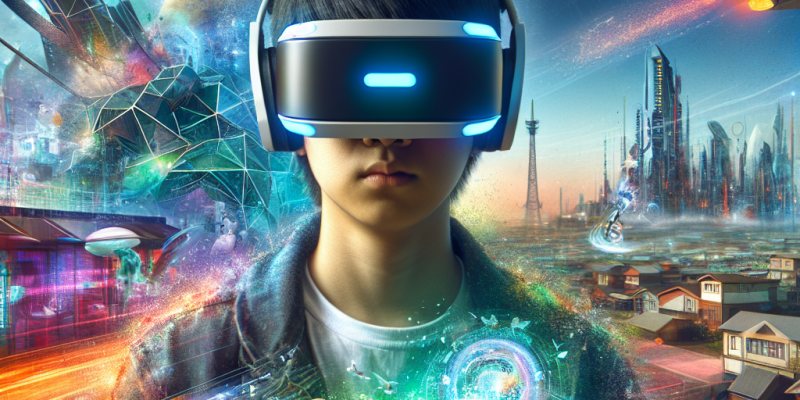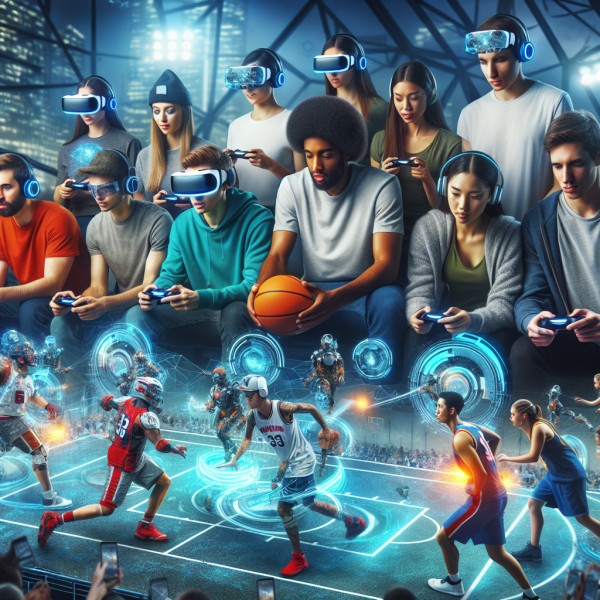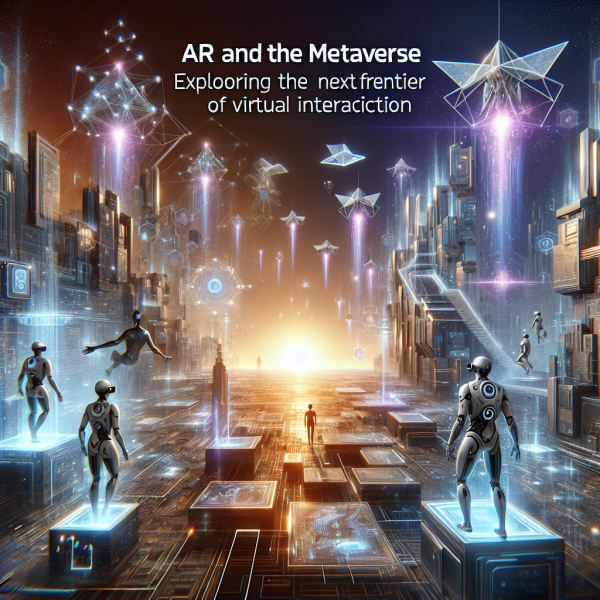Beyond Imagination: How AR is Shaping the Future of Entertainment and Gaming

Beyond Imagination: How AR is Shaping the Future of Entertainment and Gaming
The dawn of Augmented Reality (AR) technology marks a transformative moment in the entertainment and gaming industries. As a sophisticated integration of digital visuals, sounds, and other sensory enrichments with the real world, AR is not just pushing the boundaries of interactive experiences; it’s revolutionizing them. With a vast array of applications ranging from gaming to immersive storytelling, AR stands poised to redefine how we engage with and consume entertainment.
The Rise of AR Technology
The advent of smartphones, along with advancements in camera capabilities and processing power, has made AR more accessible than ever. Pioneering applications, such as Pokémon GO, catalyzed the public’s interest by blending everyday environments with fantastical elements. Such experiences have showcased not only the fun but also the potential of AR to engage users in novel ways, fostering social interactions and outdoor activities.
The technology’s growth has been rapid, driven by sophisticated software development kits (SDKs) like ARKit and ARCore, enabling developers to create applications that effortlessly overlay digital content onto the user’s physical environment. As this technology continues to evolve, we can expect an increasing number of innovative applications in entertainment and gaming.
The Evolution of Gaming
AR gaming has emerged as a dynamic new frontier, enhancing player engagement by making them active participants in their own gaming experiences. Unlike traditional gaming, which typically isolates players in front of a screen, AR compels players to interact with their surroundings, bridging the gap between the digital and physical. Games like Ingress and Harry Potter: Wizards Unite invite players to explore their neighborhoods, gathering resources or battling opponents in real time.
The potential for multiplayer experiences is particularly alluring. Imagine a group of friends battling together in a virtual arena overlaid onto their local park, or engaging in scavenger hunts that blend puzzle-solving with physical exploration. These types of games foster community, encouraging players to collaborate and explore while blurring the lines between the gaming landscape and the physical world.
Immersive Storytelling
Beyond gaming, AR is enhancing the art of storytelling in profound ways. Traditional narratives are often confined to books or screens, but with AR, stories can leap off the page—or screen—and into the real world. Apps like AR storytelling platforms allow users to unlock content related to books or movies by pointing their devices at specific images, creating a rich, interactive layer that deepens engagement with the narrative. This not only captivates the audience but also provides a fresh, multi-dimensional approach to storytelling.
For filmmakers and content creators, AR offers exciting opportunities for audience engagement. For instance, imagine experiencing a film’s climax while surrounded by its settings and characters in real life, or receiving personalized narrative pathways based on individual viewer decisions. This level of immersion can profoundly shift how audiences experience cinematic tales, transforming passive viewing into active participation.
The Future of Entertainment
AR has the potential to impact various segments of the entertainment industry beyond gaming and storytelling. Live events, such as concerts and theater performances, are increasingly incorporating AR elements to enrich the audience experience. From immersive stage designs to interactive audience participation, AR can reshape how performers engage with their fans, enhancing the overall atmosphere and ensuring a memorable experience.
Moreover, as wearable technology (like AR glasses) becomes more mainstream, we can expect even deeper integration of AR within everyday life. This could create a paradigm shift in how we consume media, attend events, or interact with advertisements, presenting personalized content that seamlessly integrates with our environment.
Challenges and Considerations
As AR continues to evolve, it faces several challenges, including privacy concerns, technological limitations, and the need for more intuitive user interfaces. Balancing innovation with user safety and comfort is paramount, as the integration of reality and digital content raises questions about data security and the potential for addiction. Developers must ensure that experiences are safe, ethical, and enjoyable.
Conclusion
The future of entertainment and gaming lies at the intersection of reality and the digital realm, where AR technology will play a crucial role. As platforms and experiences become more sophisticated, the boundaries of storytelling, gameplay, and audience engagement will stretch beyond imagination. AR has the potential to transform not just how we play games or consume media but how we connect with each other and see the world around us. As we embark on this journey into uncharted territories, the possibilities are limitless, promising a vibrant and interactive future where imagination knows no bounds.













